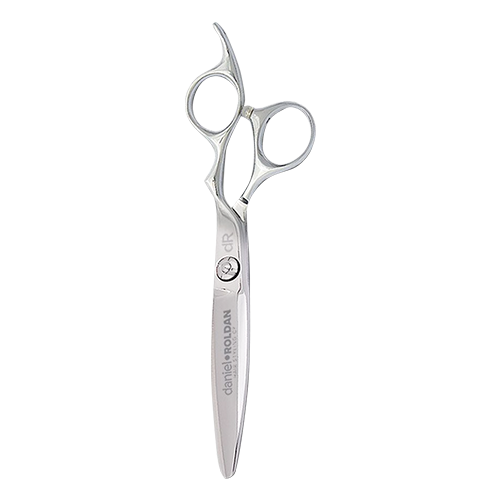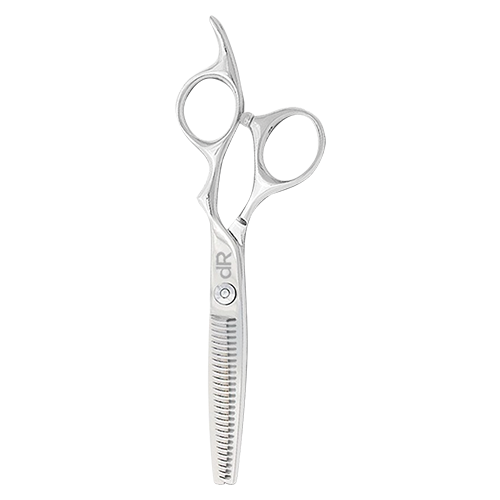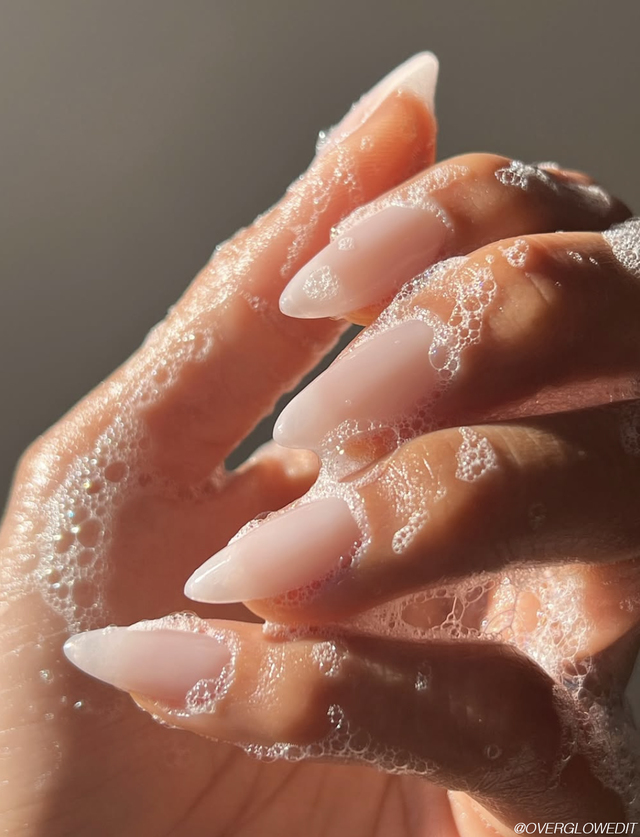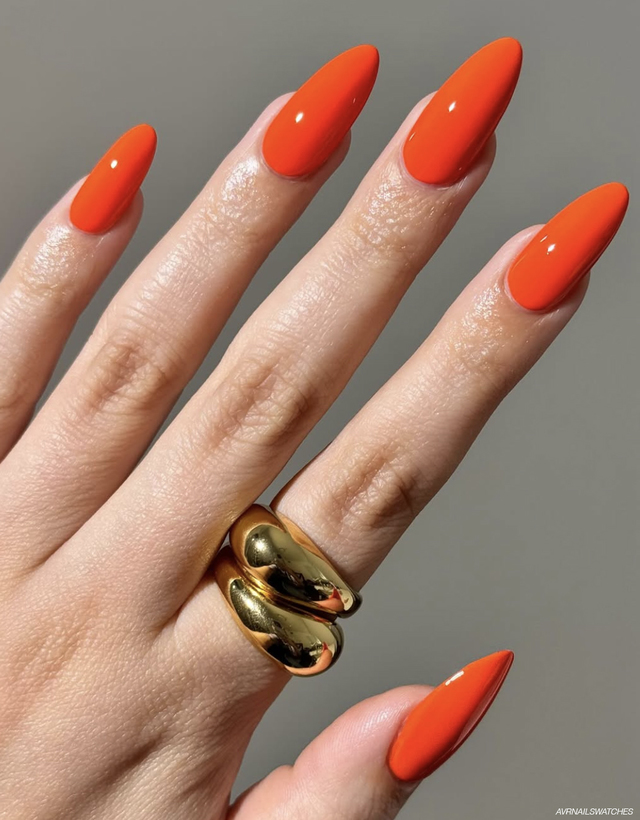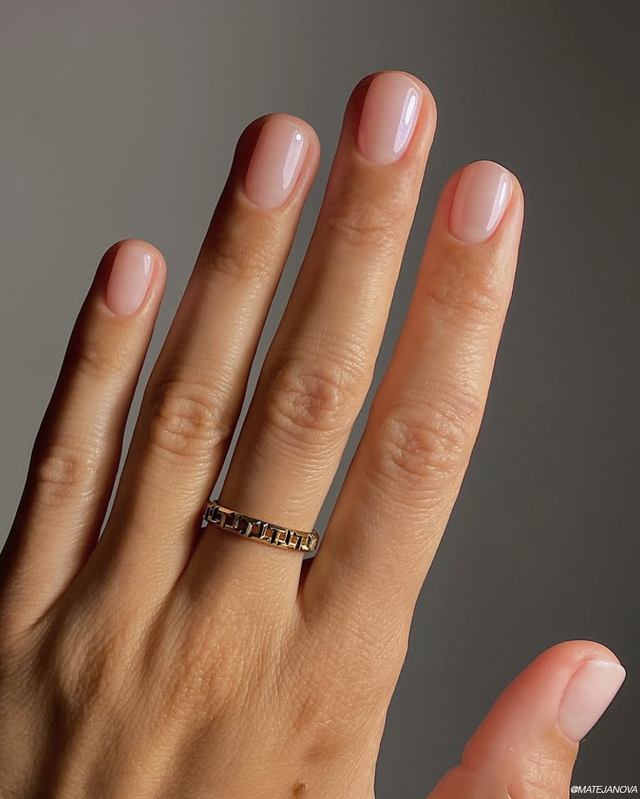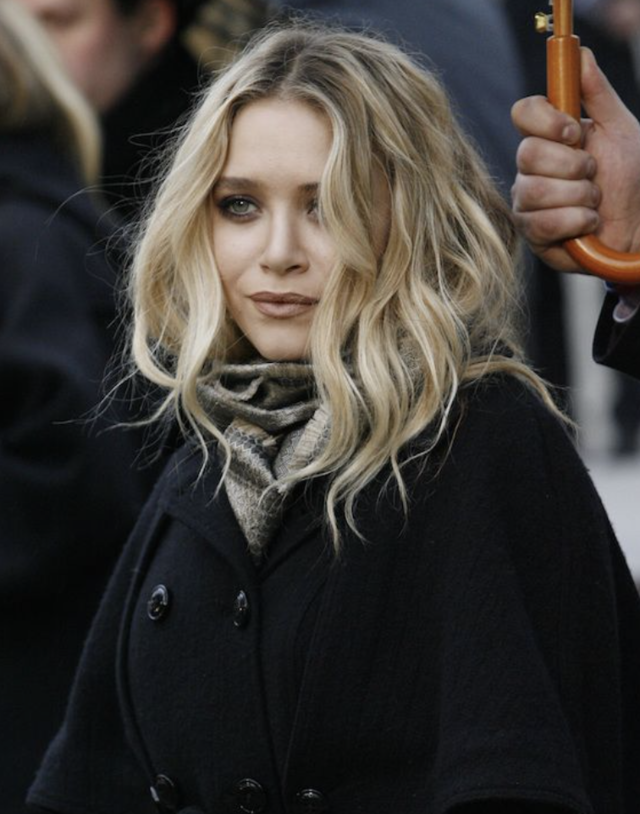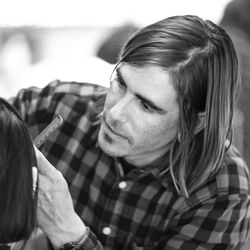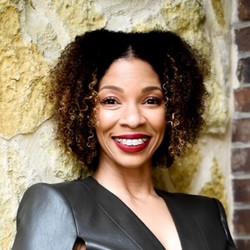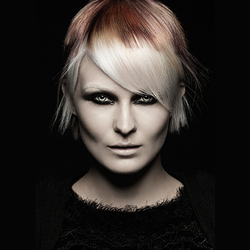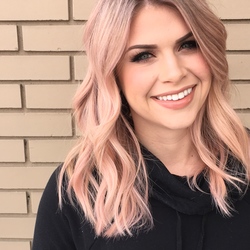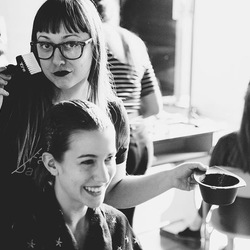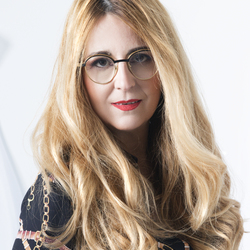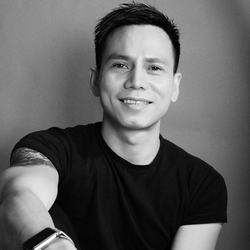Clients decide to get hair extensions for a plethora of reasons: to add more fullness and volume, for the length, to help grow out a bad haircut, or even to make hairstyling easier. When it comes to picking extensions and getting them to blend properly, it takes more than just a blending shear. Below Daniel Roldan explains the top four factors to take into account when picking, blending and placing hair extensions.
1) Pick the right color to complement the hair color.
- Prior to extensions, be sure to consult with your client if they are thinking about changing their hair color, even the slightest change can make a big difference.
2) Know the origin of the hair you're working with; Indian, Asian or European are the most common types.
- Asian hair tends to be strong in texture, so you would have to build your base to be equal.
- When it comes to the type of texture: the more movement the hair has the less product you need to use.
3) Placement of extensions is very important.
- If you are creating length: stay in the occipital area and below the parietal-ridge
- If you are creating fullness: go above the parietal-ridge, above the occipital bone and below.
4) Cutting to customize your clients needs.
- First build your base with the same texture, then style hair with extensions in it.
- Next, you’ll want to Dry-cut with #dRshears to customize the style and the final look.
- Having a great pair of Thinning Shears is important as well. A solid pair of thinning shears is a great tool to take out weight and create softness.
Check out even more hair tutorials exploring different techniques and trends by stalking Matrix on Bangstyle and Following Matrix and Daniel Roldan on Instagram @matrix @d_roldan.
